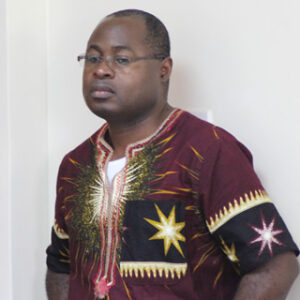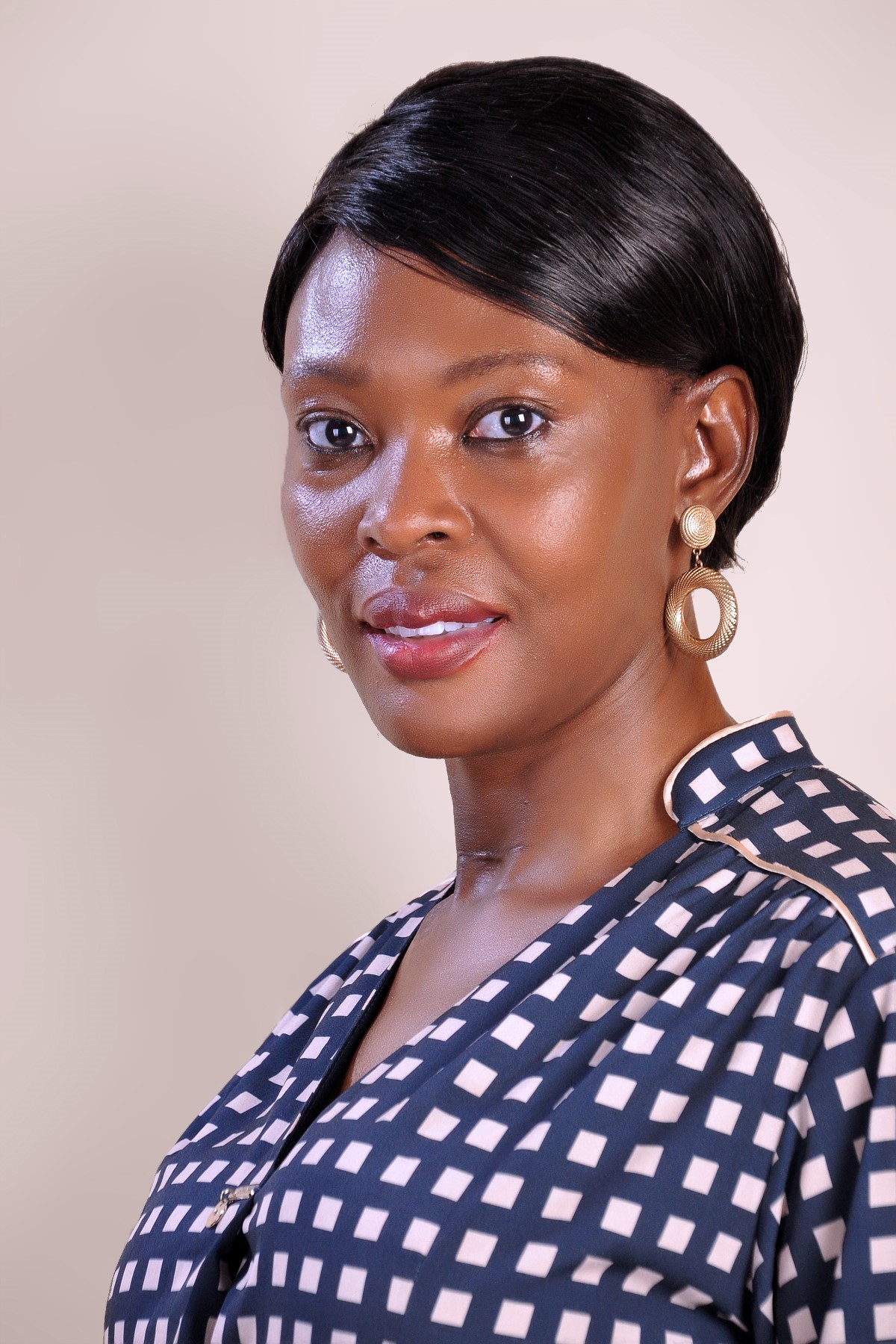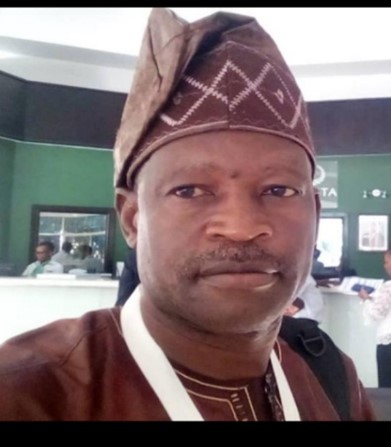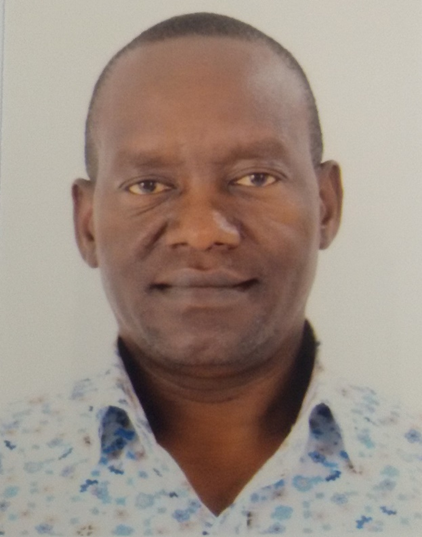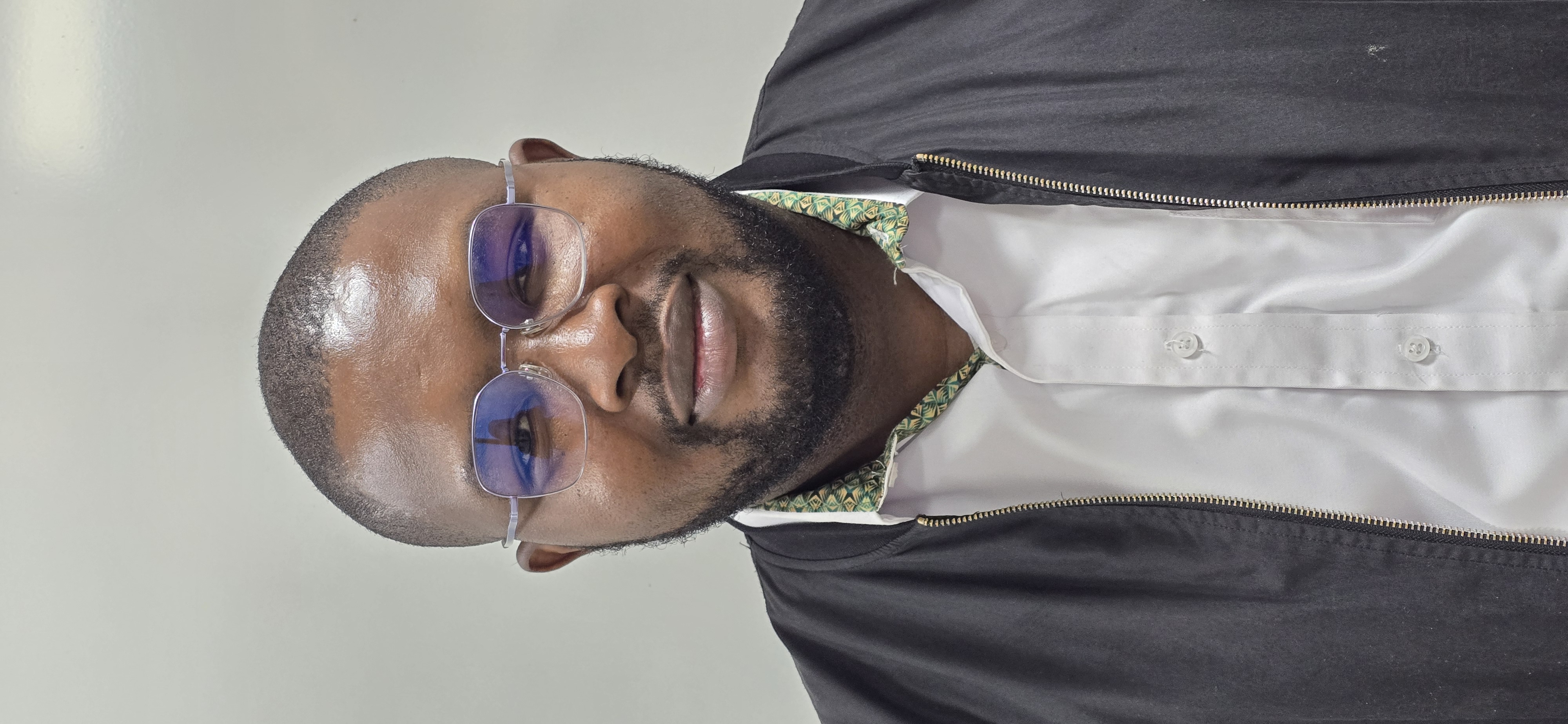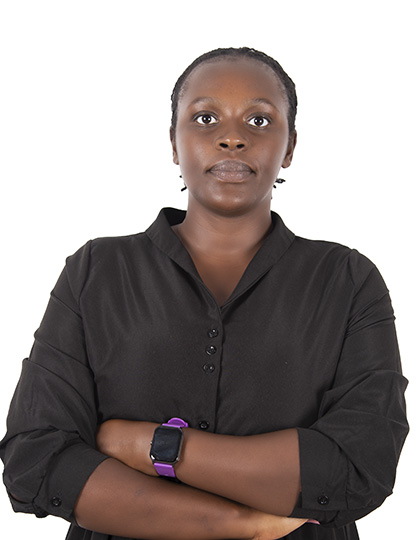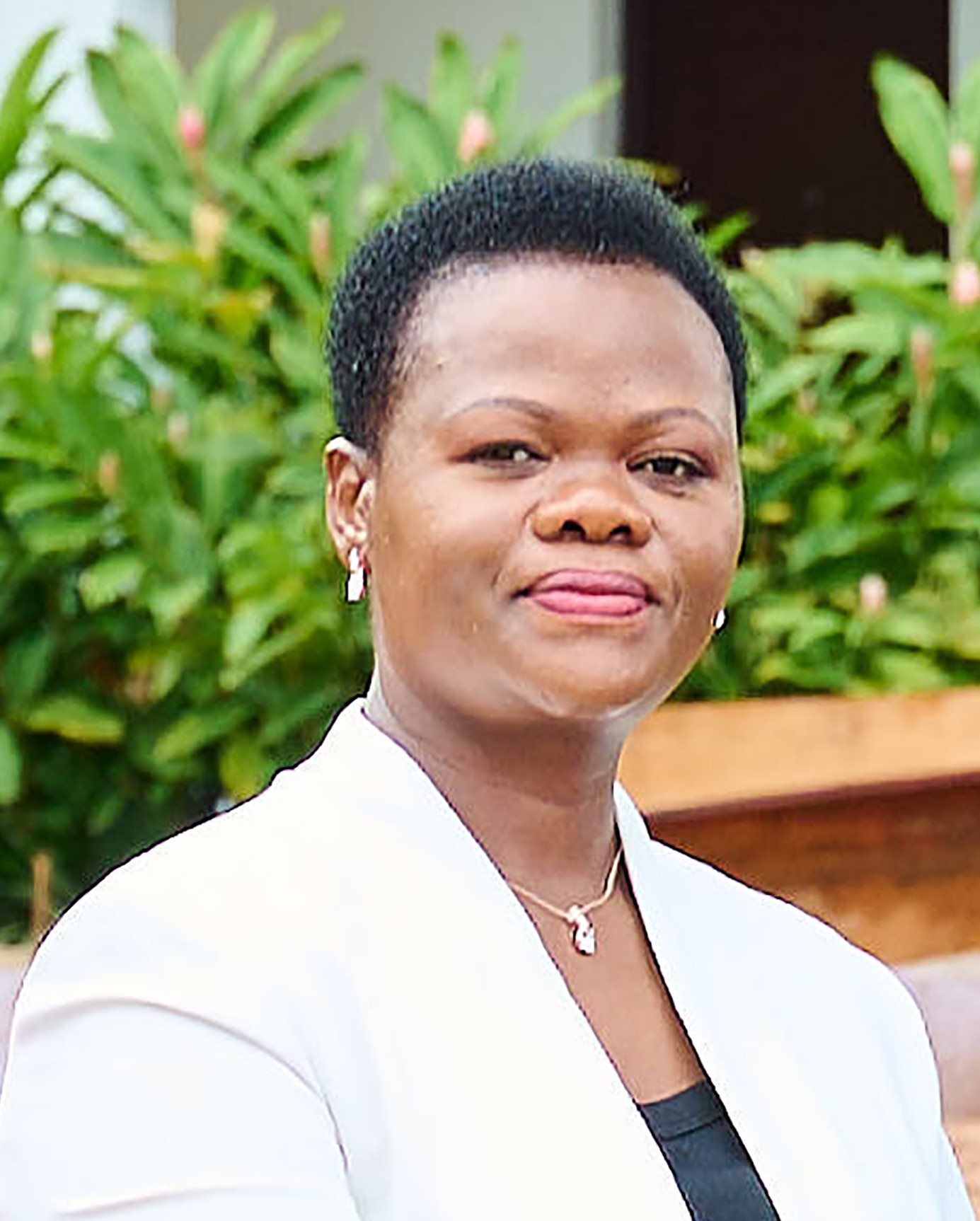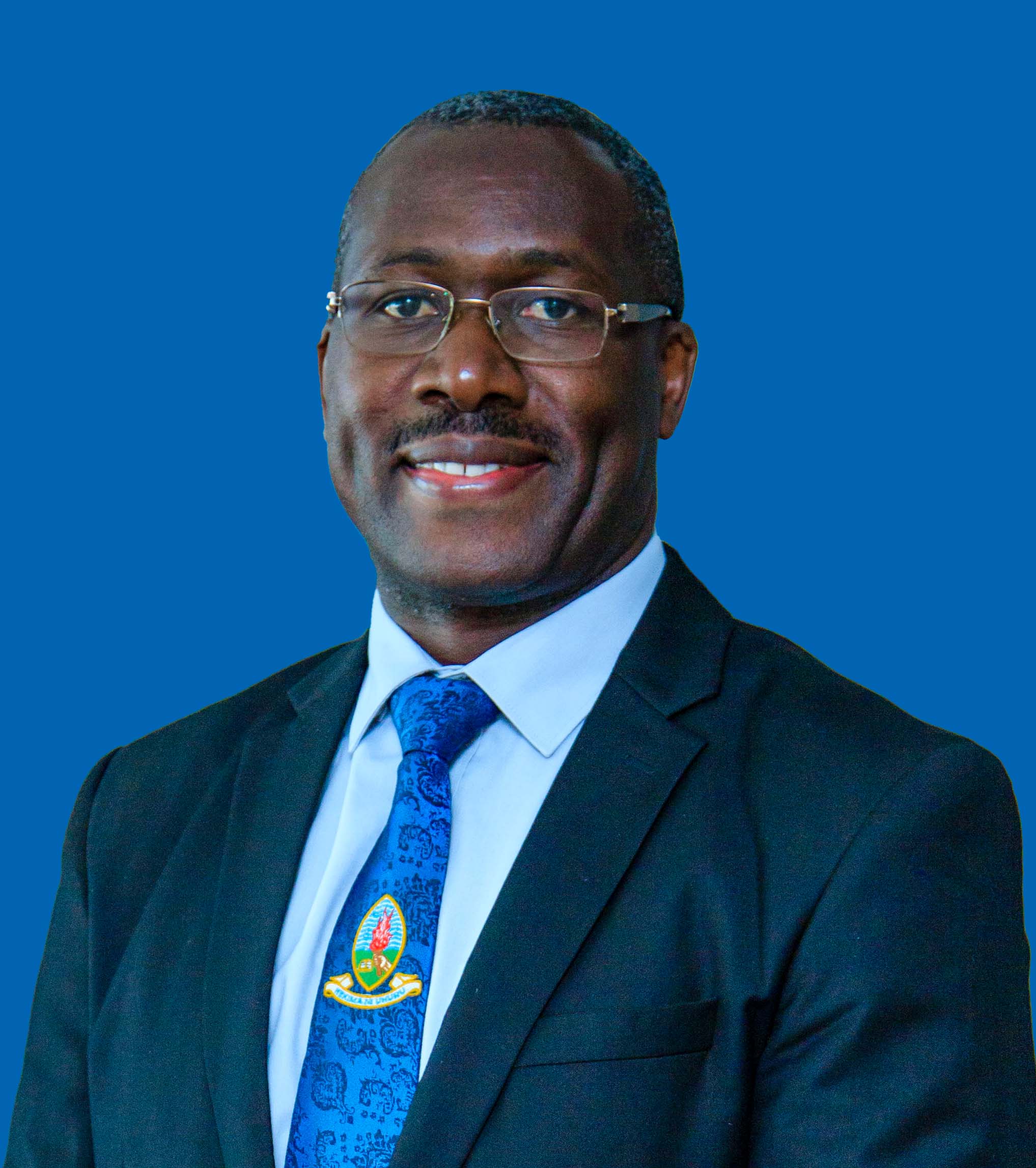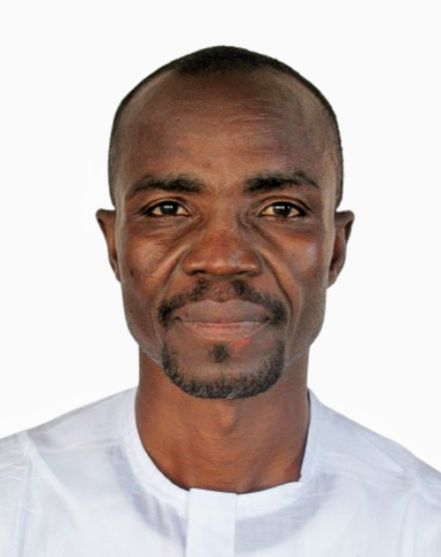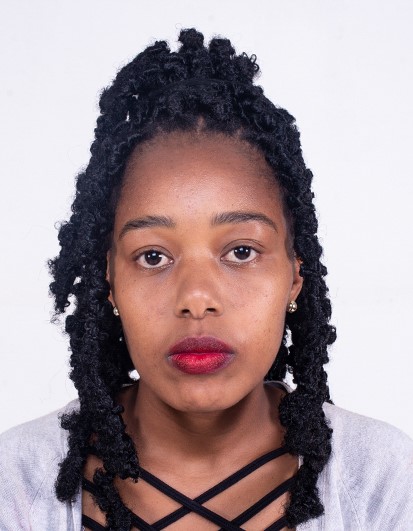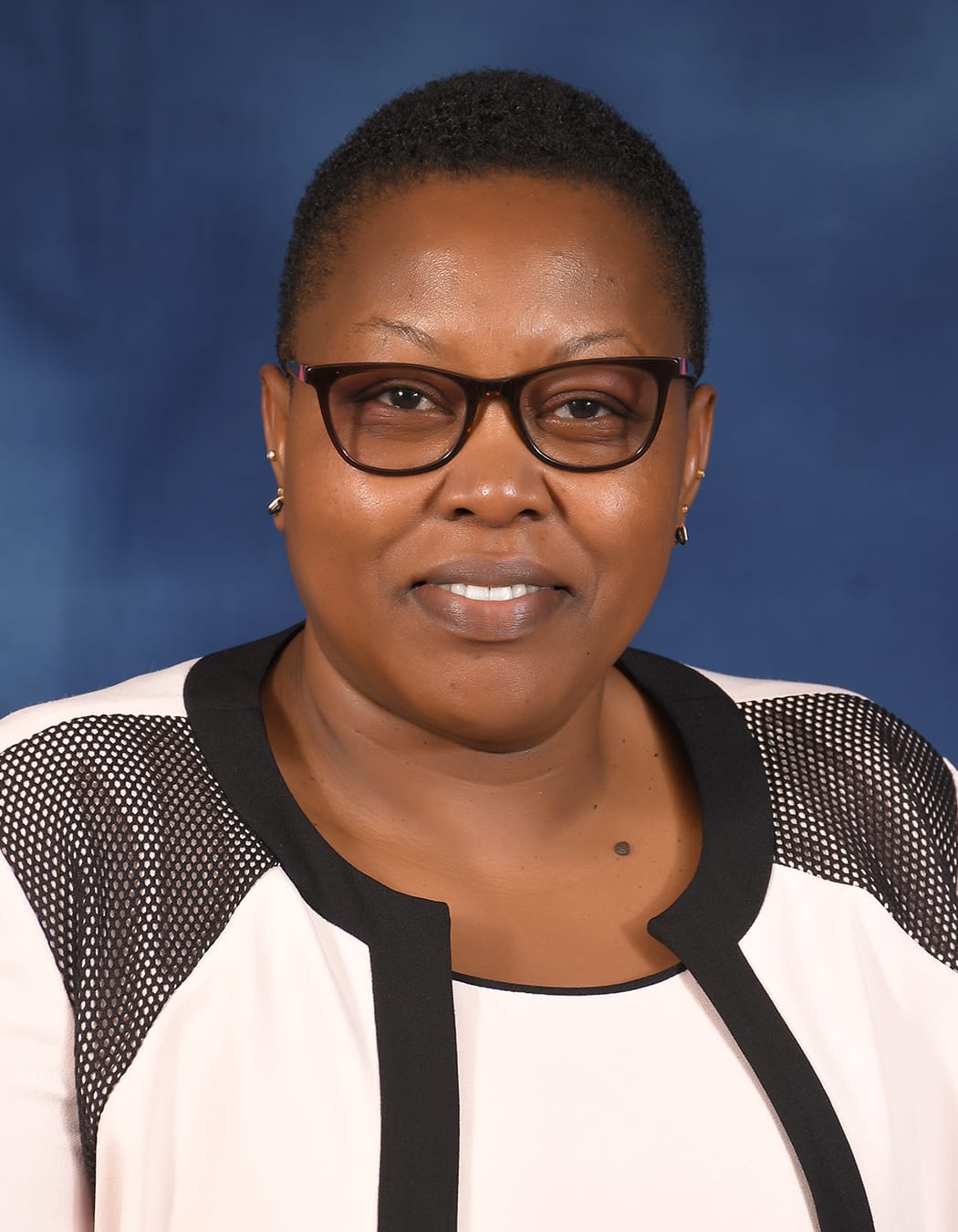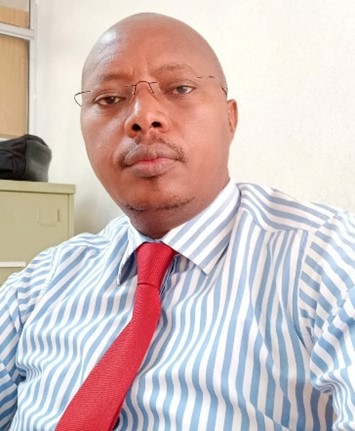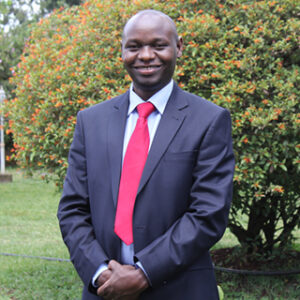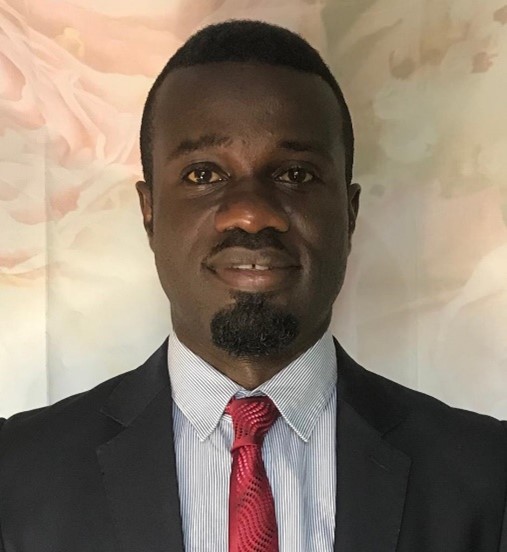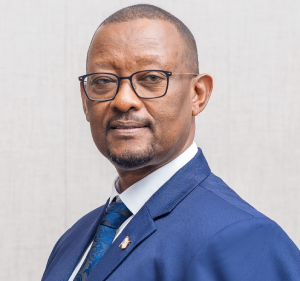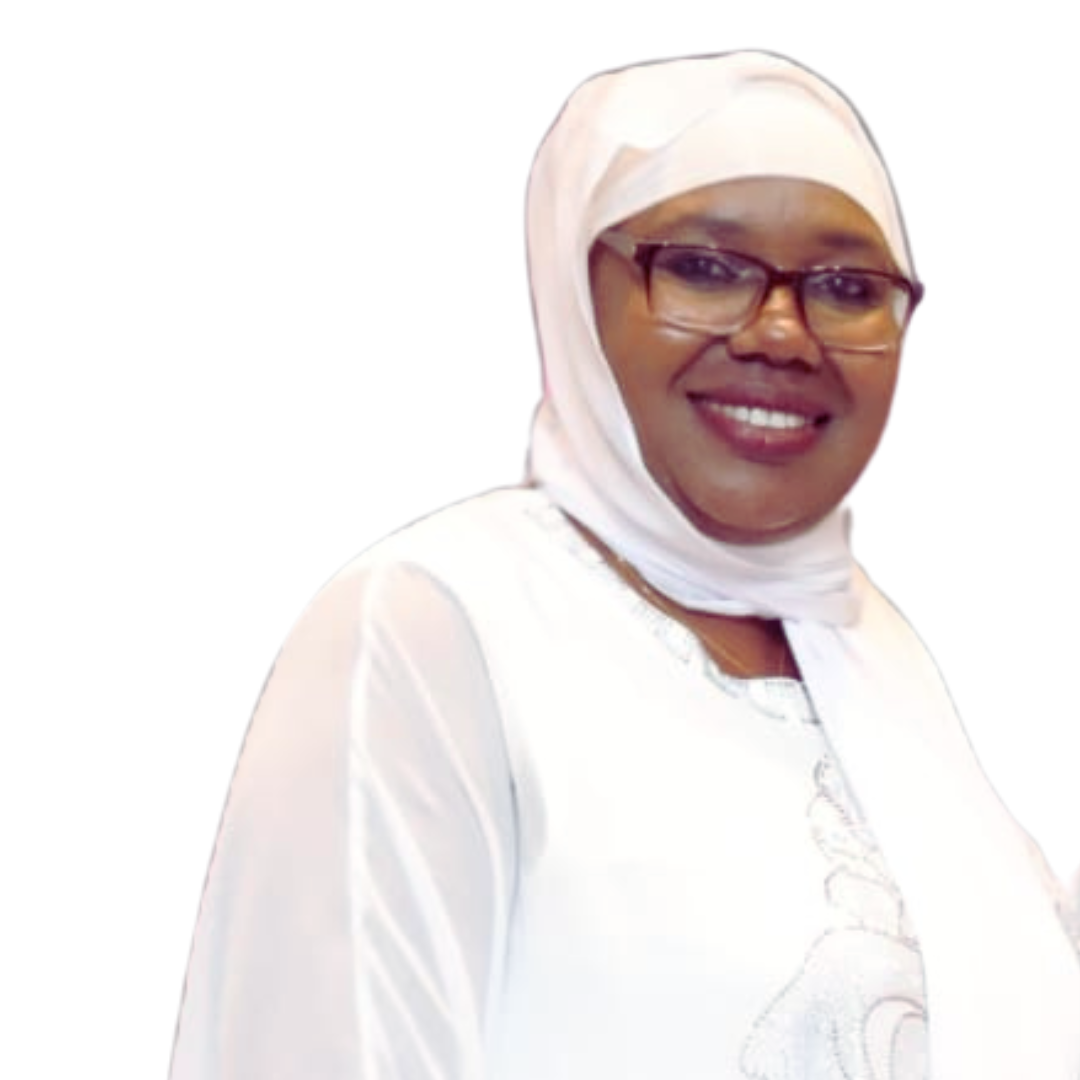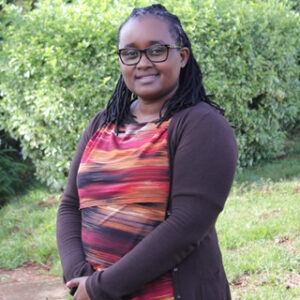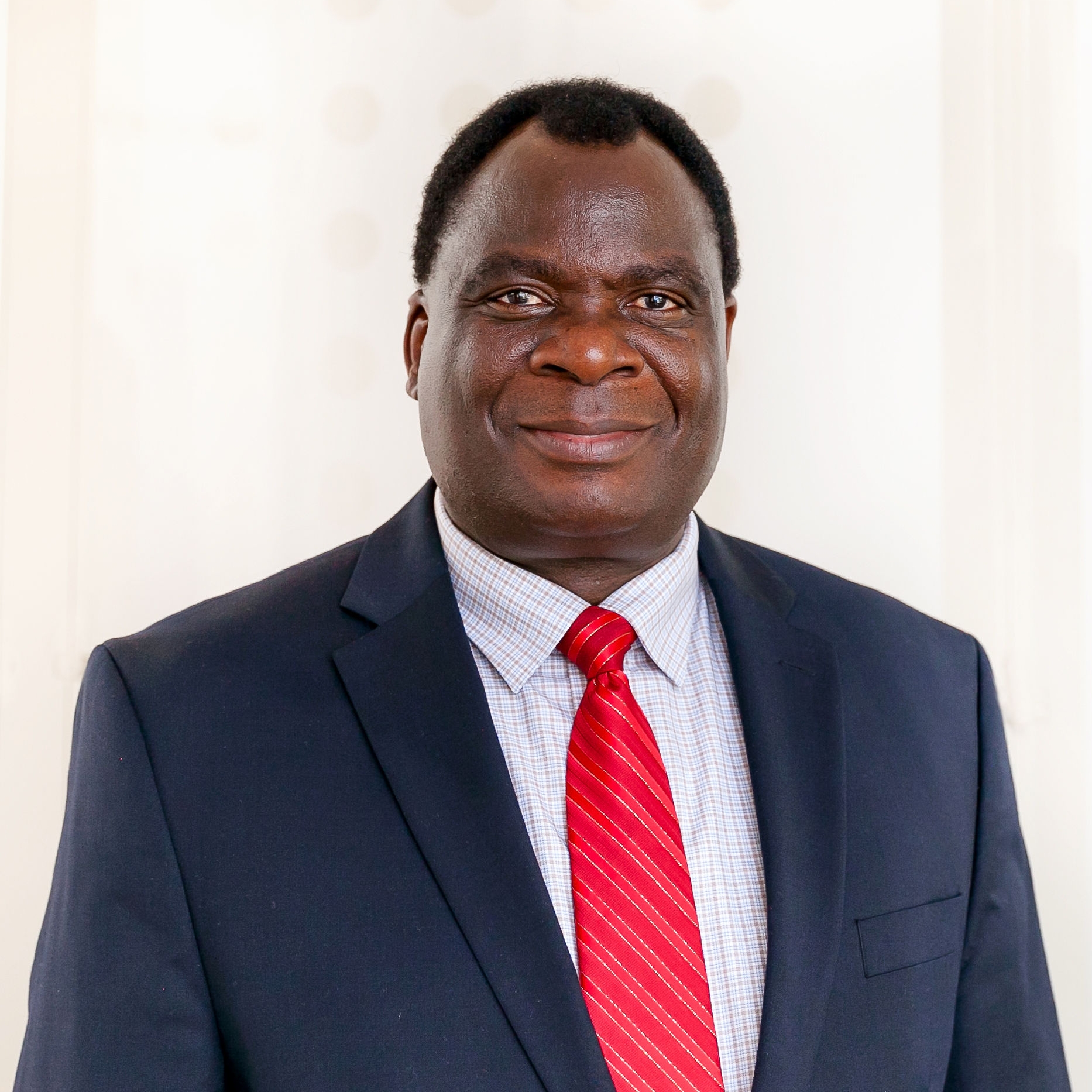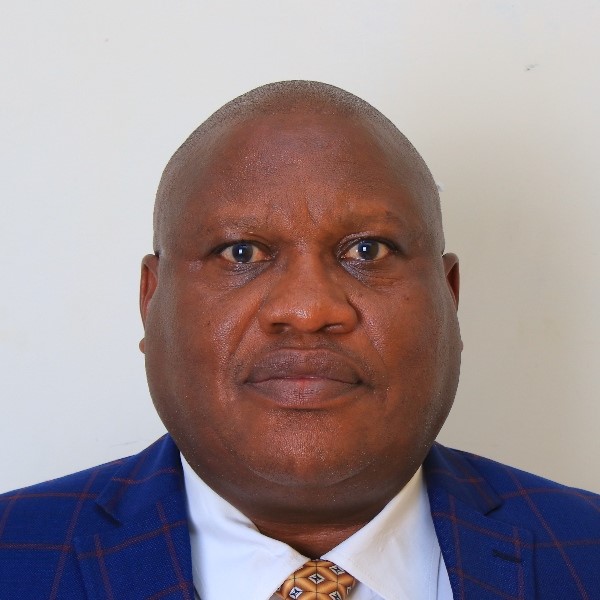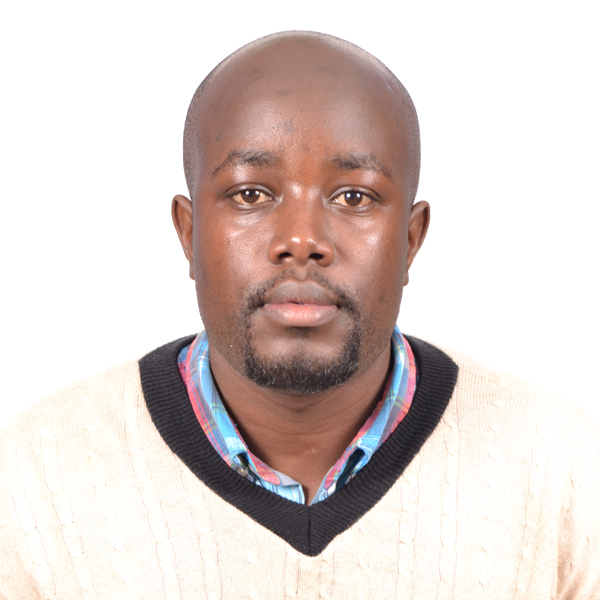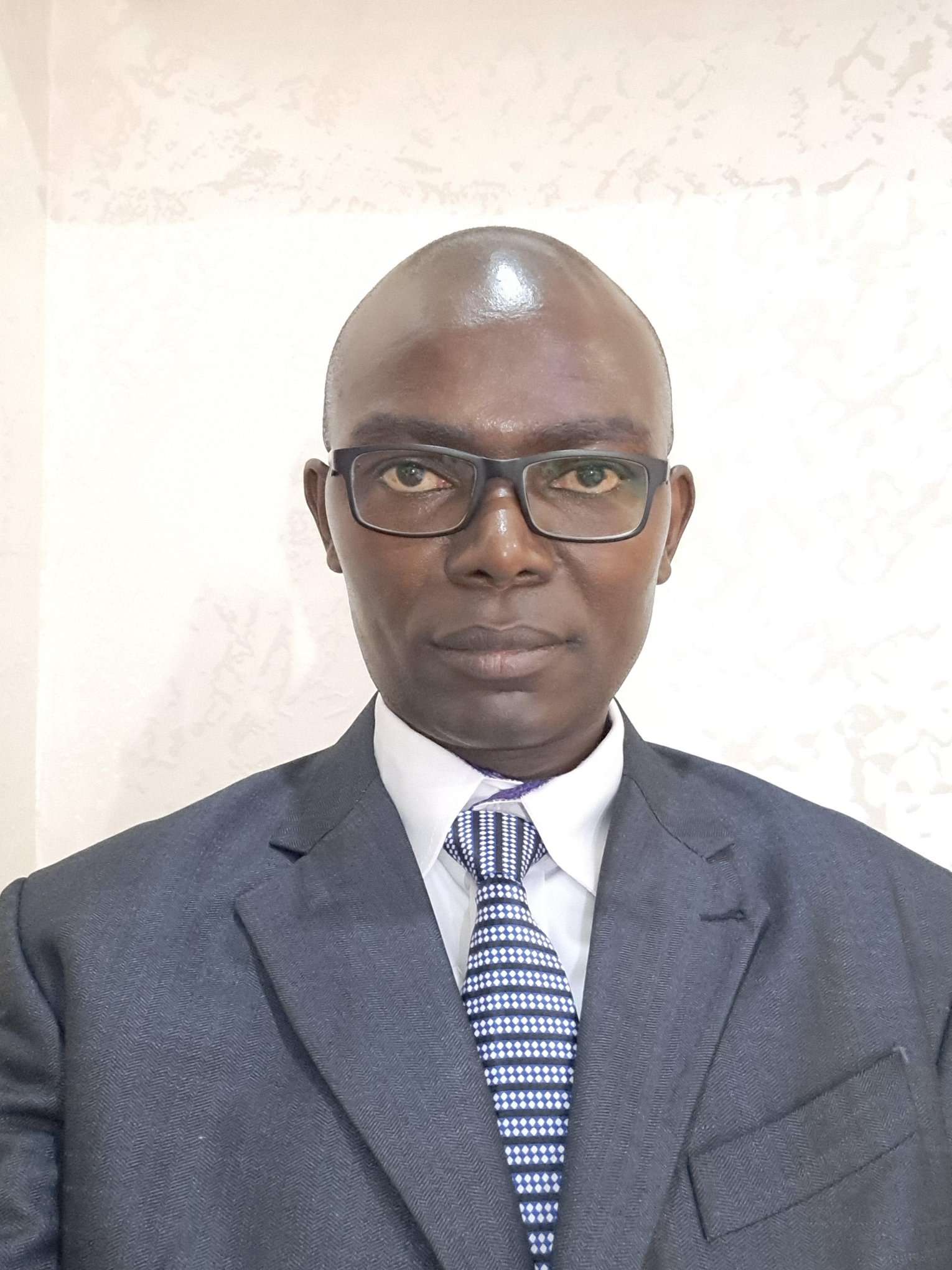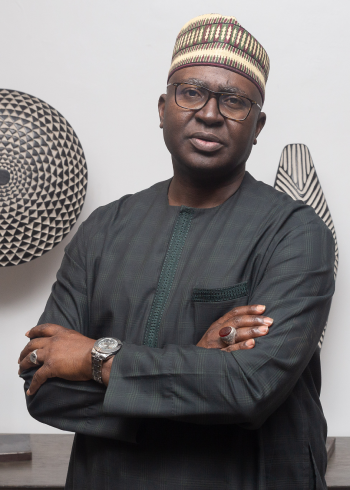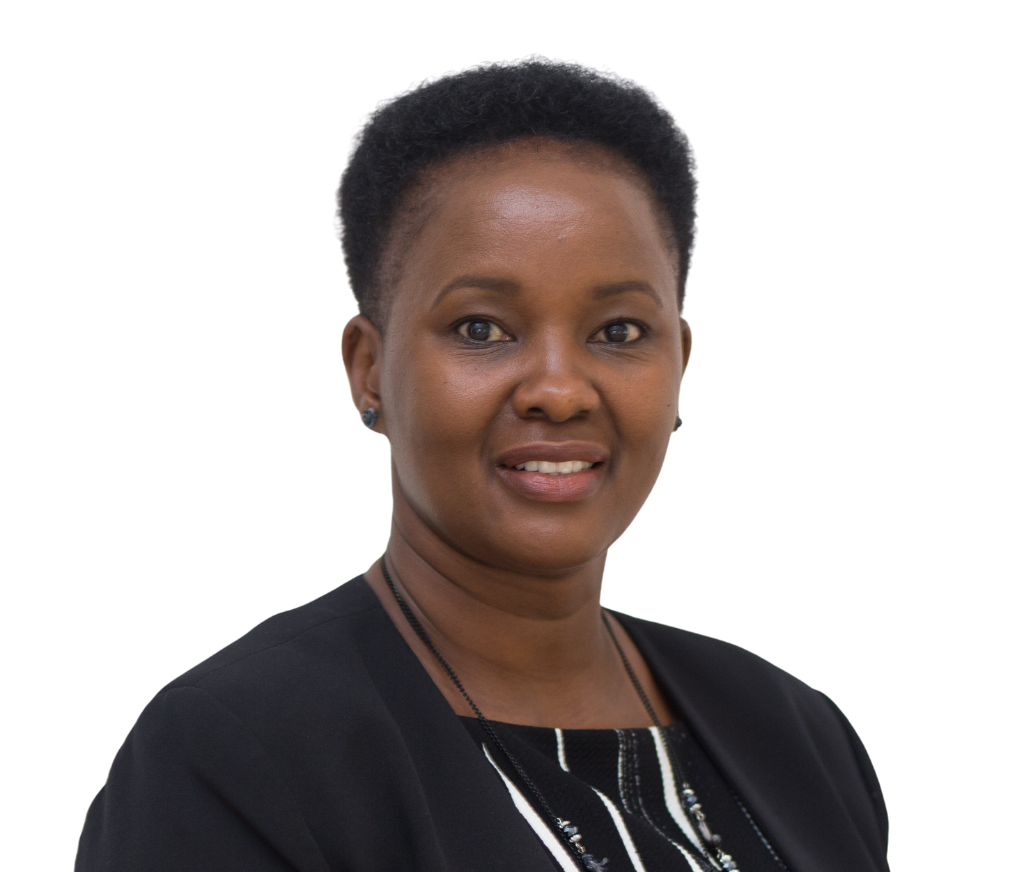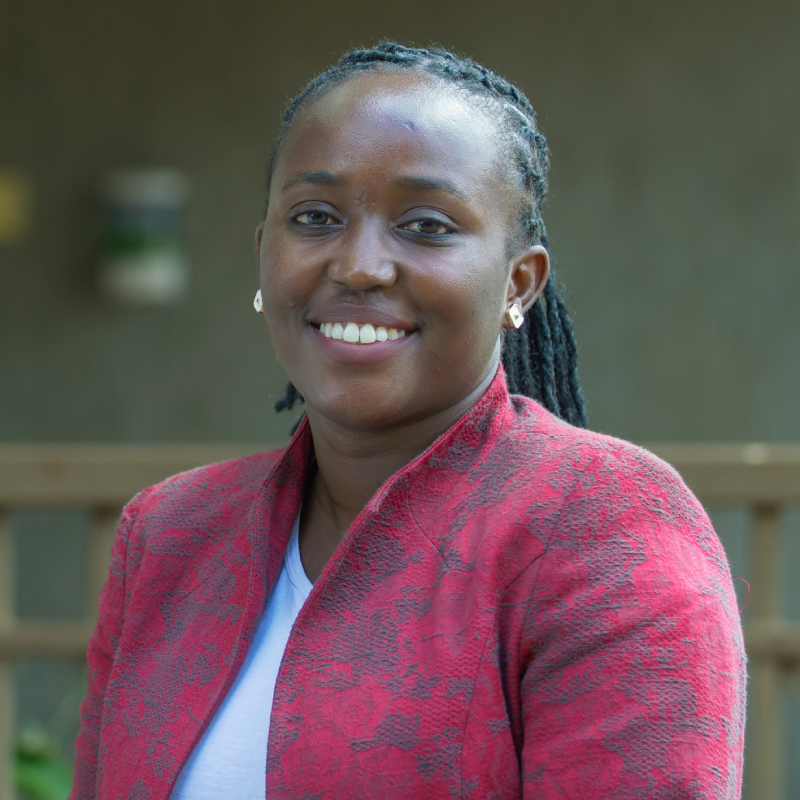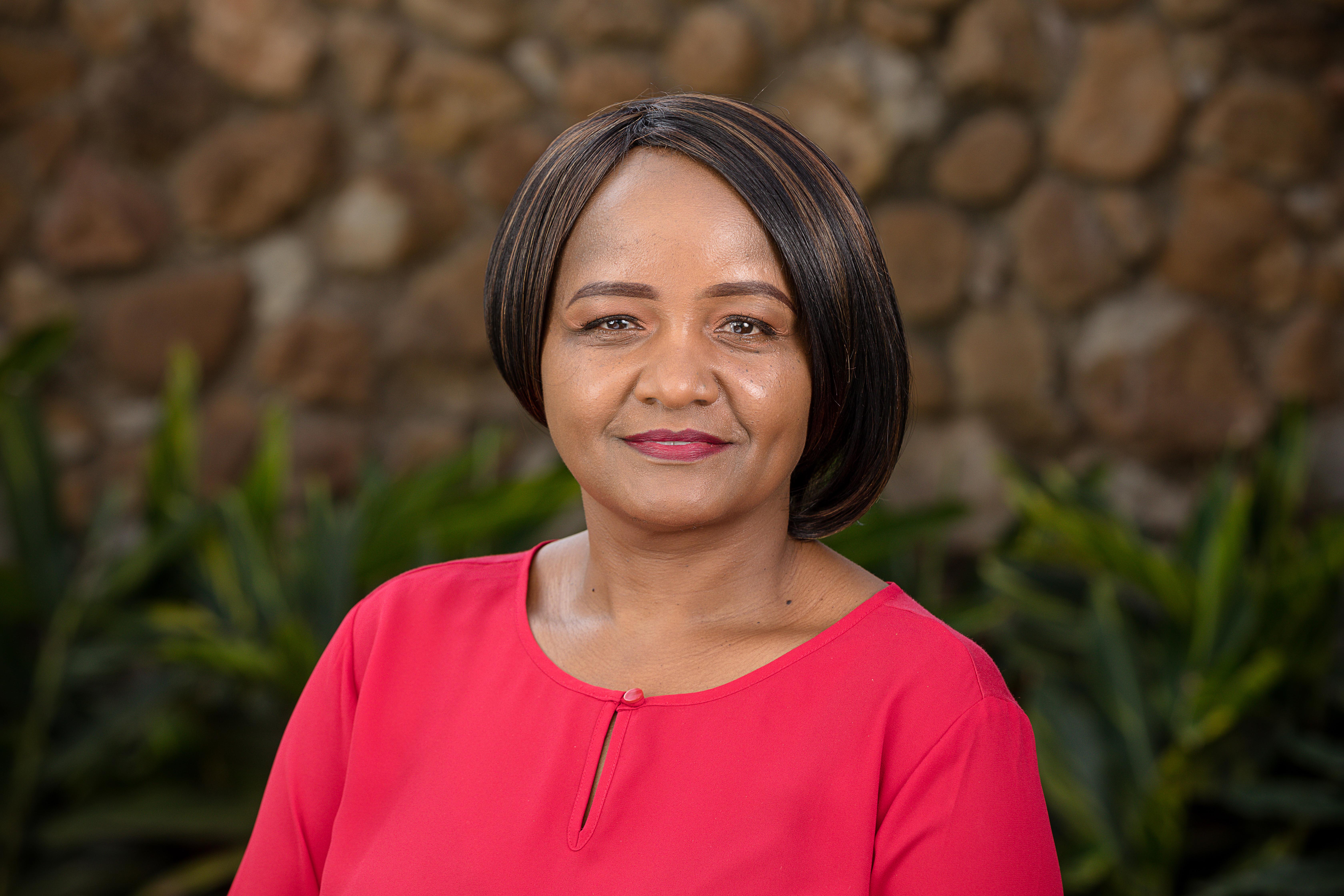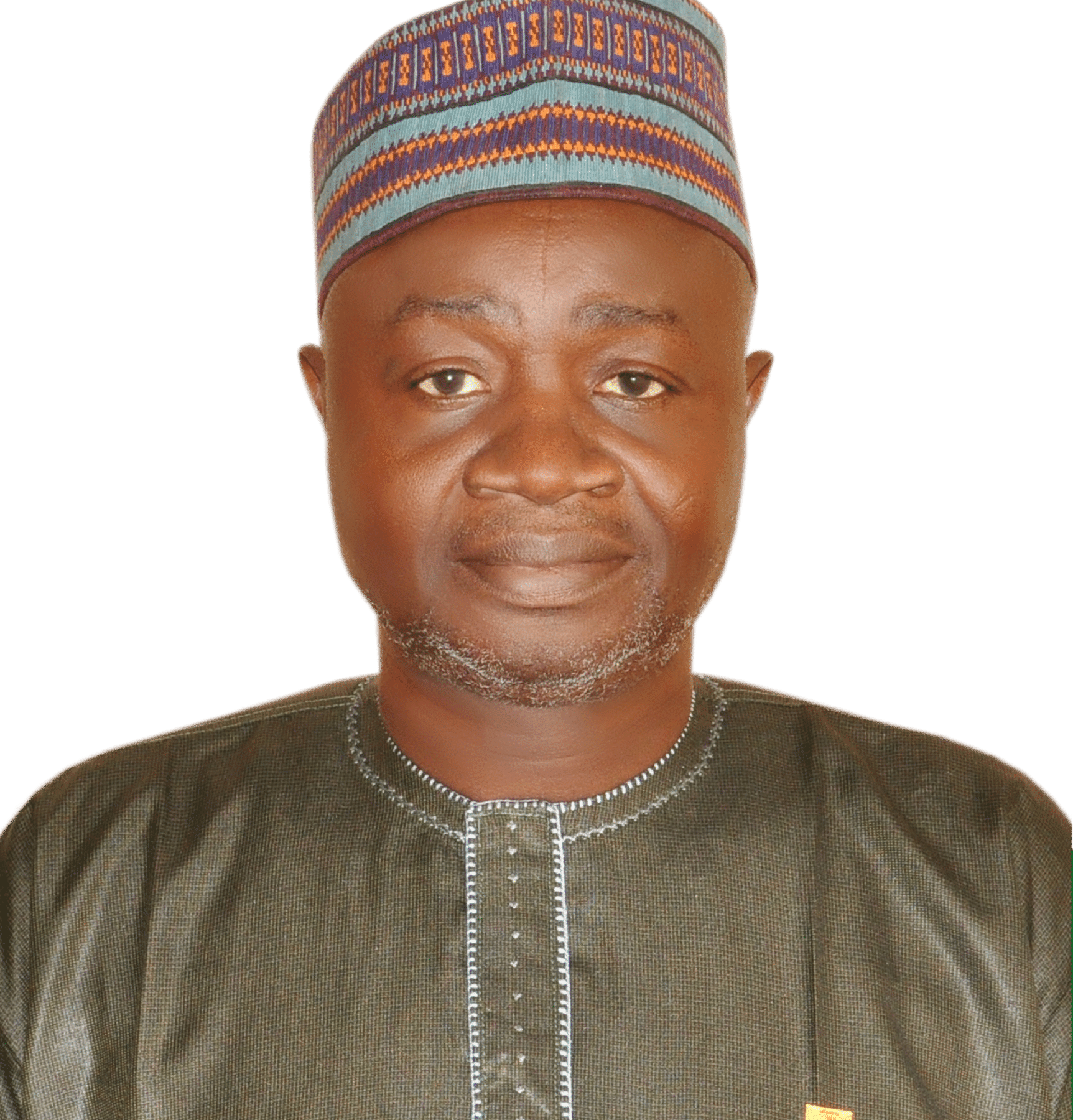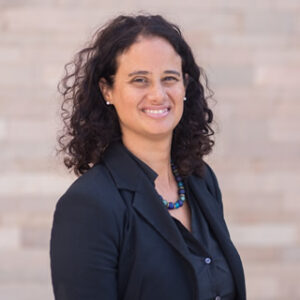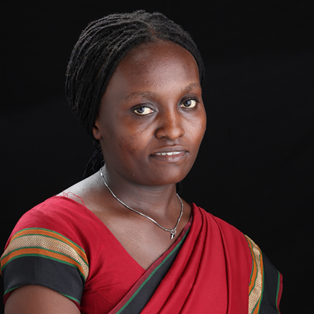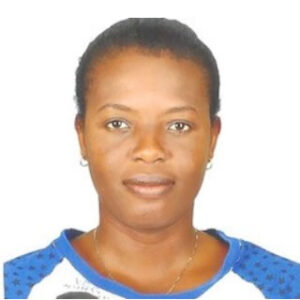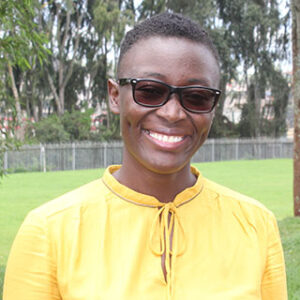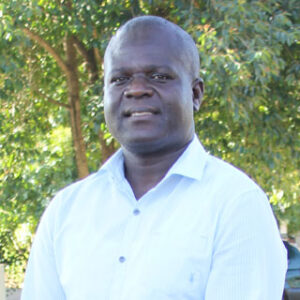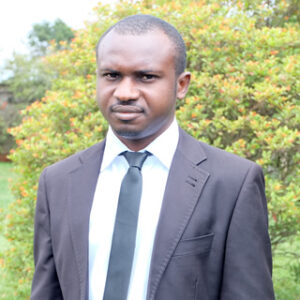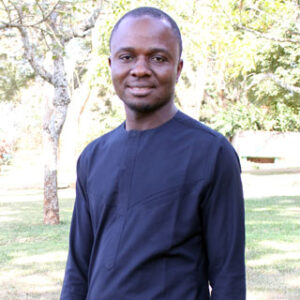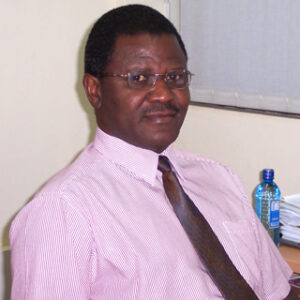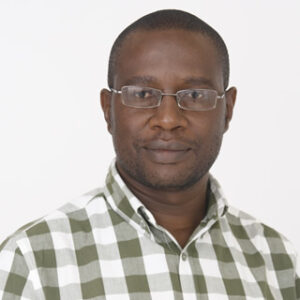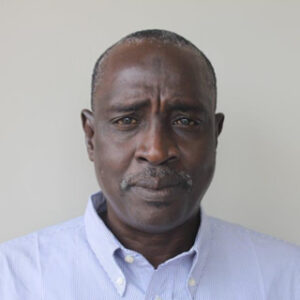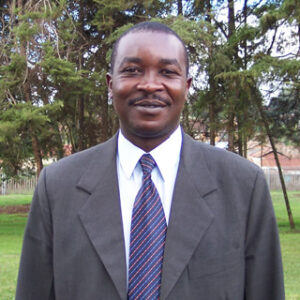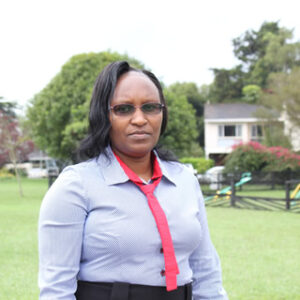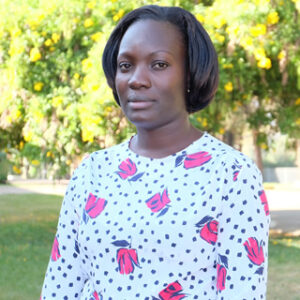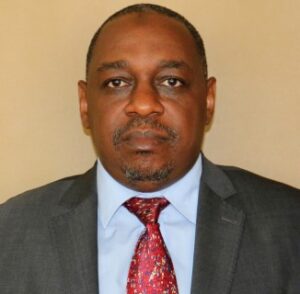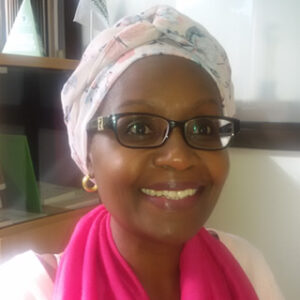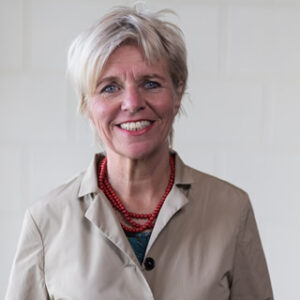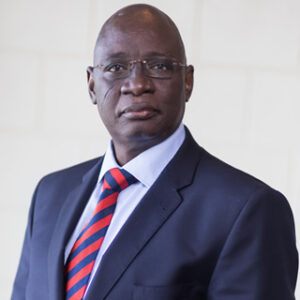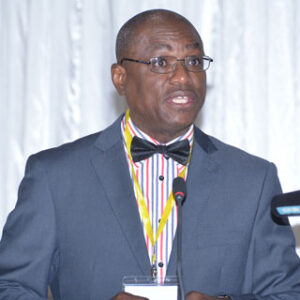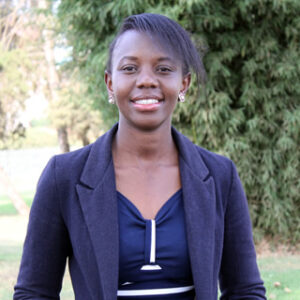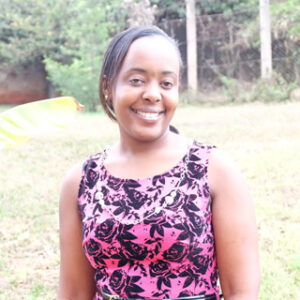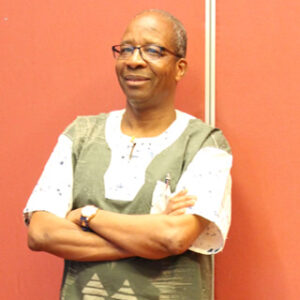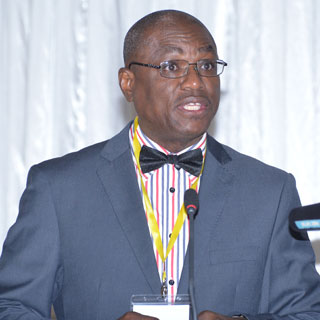
(Saturday, October 01, 2022) Dr Emmanuel Okogbenin is the African Agricultural Technology Foundation (AATF) director for programme development and commercialisation. He has worked on biotech applications in cassava in Africa leading to a number of improved varieties. He spoke to Michael Oriedo about why cassava is a key crop at this time when many nations are facing food security challenges
Lately, there has been renewed interest in cassava, why is this the case?
Cassava has numerous benefits that include being used as a food crop as well as an industrial plant. That said, many smallholder farmers find it easier to farm the crop because it can grow in impoverished soils even though it can respond efficiently well to fertile soils, in addition to being naturally drought-tolerant and less laborious in management practices in comparison to tuber crops like yams, which makes it an attractive crop for food security, especially as climate change effects bite. With cassava, there is no competition between planting and food materials as they serve distinct purposes. For cassava, you grow the stem cuttings, not tubers as in the case of yams or maize. But the challenge is that the yield levels have been low on farmers’ fields, thus, there is need to improve harvest to drive the rapid transformation of cassava from a food crop to cash and industrial crop.
Why does cassava appear to be a forgotten crop?
Certainly, it is not forgotten. You see, food is a cultural thing thus changes take a while to happen. Kenyans, for instance, love ugali, which is the dominant staple. Over the years, people have come to prefer ugali, thus, the less interest in cassava. To change that, we must promote the crop for values known for it, introduce new food forms and give people first-hand information and experience of strong values which such crops and foods bring in nutrition and its food systems. Soya beans, for instance, was not grown in Africa but it was promoted and people learnt how to use it thus pushing up demand. There is need to push cassava beyond its value as a food crop for people to see new opportunities. Further, growing cassava should be encouraged through the development of varieties that are appropriate for each environment and different market niches. When talking of nutrition security, we should deploy things like yellow cassava and beta carotene cassava to offer food and nutrition security.
Cassava mosaic and brown streak diseases are the biggest threat to the crop. How have they have affected production in Africa?
Mosaic affects leaves making it difficult for photosynthesis to take place thus impacting the overall yields while brown streak attacks roots making them unusable. Mosaic can be mild, moderate or could be severe leading to 60-80 per cent losses while brown streak can cause up to 100 per cent losses. They are deadly viral diseases that impact heavily on food security, but biotechnology is helping us reduce the challenge with both diseases.
Is biotechnology the answer to challenges affecting the crop?
Biotechnology is certainly part of the solution but other factors outside genetics like environment issues must be taken into account. If you have good genetics in poor environment, that will not improve yields. You must get everything right. Biotechnology helps to create durable resistance as well as improve genetic diversity at trait and gene levels.
Initially, biotechnology applications were expensive but the costs have come down. You don’t need to have your own laboratory to explore biotech in breeding programmes, you can request for services from commercial labs that you pay for. Without biotechnology, it would have been difficult to drive well directed breeding programmes with good precision.
But one of the disadvantages of cassava is that when you develop good planting materials, it takes years to get them to farmers unlike maize. For every plant we sow for maize, we get up to 150, 200 and 300 seeds, but for cassava, from one standing plant, you get 10-15 if it is a vigorous material, which is low. If you can increase planting materials, you can accelerate dissemination after release to raise production within a short time.
What are some of the challenges in breeding disease-resistant cassava?
Insufficient funding to set up good infrastructure for breeding is a big challenge in sub-Saharan Africa. For us to be able to develop resistance, we need to invest in the training of African scientists to improve their knowledge.
There are also intellectual property issues as well as restrictions internationally which create hurdles, for instance, in accessing relevant germplasms that offer sources of resistance to diseases. Again, not many national systems have legal support on biotechnology, yet national programmes have the mandate for their countries to develop disease resistant varieties.
What hinders the uptake of agricultural technology by farmers?
Most farmers in Africa are smallholders and are widely dispersed in rural areas where technologies may not reach easily because we don’t have good infrastructure. Farmers need, for instance, post-harvest technologies since cassava starts degenerating 48 hours after harvesting. Lack of capacity of seed companies to produce planting materials could mean that new technologies which are transferred as planting materials for vegetative or clonal crops or seeds as in the case of cereals and legumes may not be easily available to farmers even when they have been commercially released. Again, most farmers are constrained by land which is often small and may not allow them to maximise returns related to economies of scale from the use of technologies. For small-holder farmers to take advantage of technologies, farmers need mechanisation (which enhances crop management) but sometimes it is not easily and readily available.
How has been your journey in biotechnology?
I am a plant molecular breeder with background in agronomy and plant physiology. I started my career as a researcher in 1990 at the International Institute of Tropical Agriculture (IITA), Nigeria, in a joint collaborative project with the International Center for Tropical Agriculture (CIAT) on broadening the cassava germplasm base in Africa. I joined the cassava genetics/biotech team at CIAT in 1998 to develop molecular tools and map genes for key breeding traits of cassava. In 2005, I facilitated the transfer of the tools to drive molecular breeding platforms in Africa that resulted in the release of improved varieties of cassava with Latin American genetic background for higher productivity, good CMD resistance and high starch content. It has been a rewarding journey so far.
What’s your last word to policy makers and farmers?
To farmers, agriculture is not just a means of life, make it a source of livelihood, an agribusiness that offers value. Again, agriculture is science, thus should be driven by innovative and appropriate technologies.
To policy makers, drive and create conducive environment for farmers and farming to thrive. They should promote stronger public-private partnerships to improve agricultural value chains for commodities so that African countries can maximise benefits from sub-sector.
This article was originally published in the Daily Nation Online


